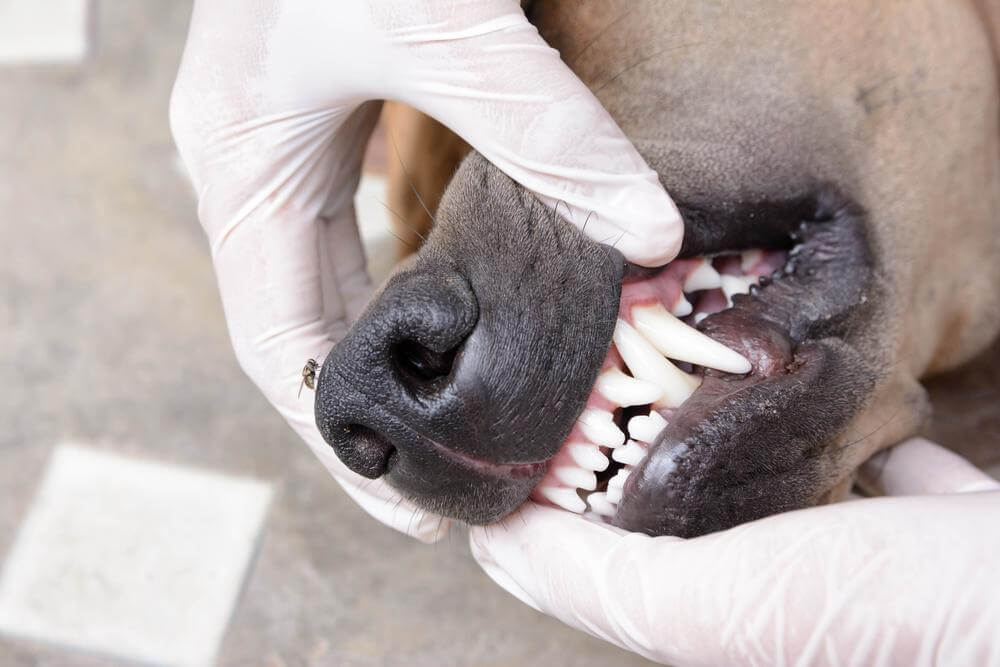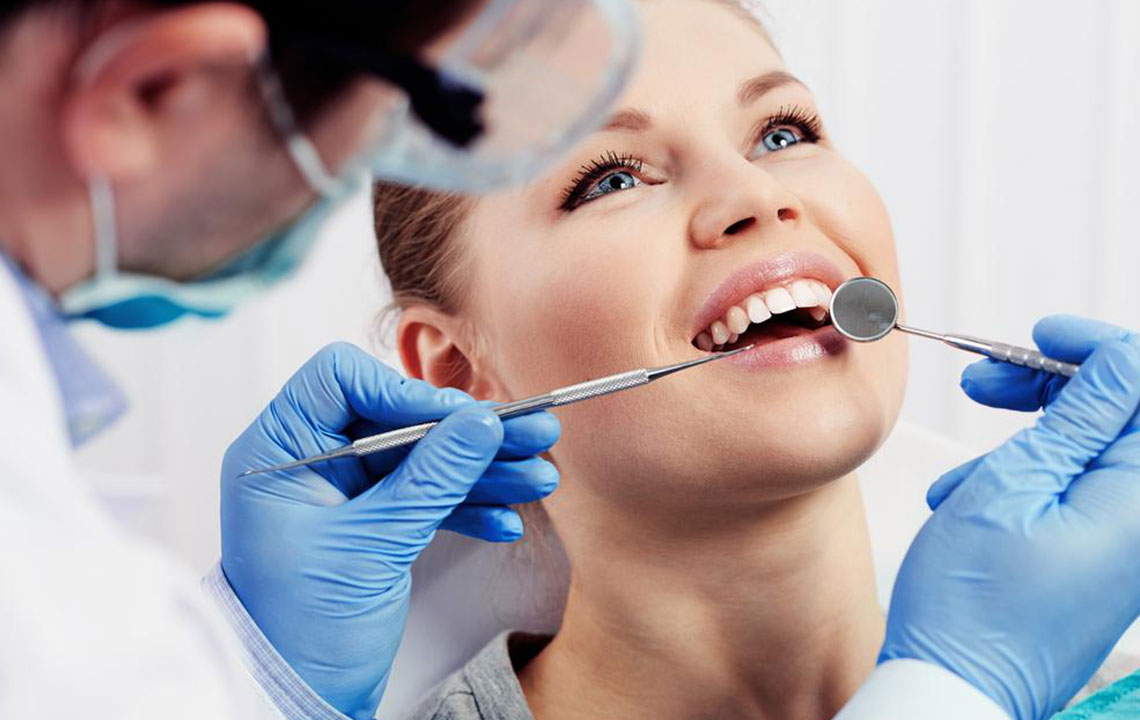Complete Guide to Dental Coverage in Pet Insurance Plans: Protecting Your Pet’s Oral Health
Understanding dental coverage in pet insurance plans is vital for pet owners aiming to protect their furry friends’ oral health. This comprehensive guide explains the types of coverage available, essential preventive tips, and leading insurance providers that offer dental benefits. Learn how to balance insurance plans with good dental hygiene routines to ensure your pet’s overall well-being and avoid costly treatments. Protect your pet from dental emergencies and promote lifelong oral health with the right insurance and preventive care.

Understanding Dental Coverage in Pet Insurance Policies
Maintaining your pet’s dental health is an essential aspect of their overall wellness. Good oral hygiene enables your furry friend to enjoy comfortable eating, chewing, and grooming, contributing to their longevity and quality of life. Dental issues, if left untreated, can lead to severe infections that may spread to vital organs such as the heart, kidneys, and liver, increasing the risk of life-threatening conditions. Given the high costs associated with veterinary dental treatments, many pet owners struggle to afford comprehensive dental care, which makes understanding insurance options crucial.
Numerous pet insurance providers recognize the importance of dental health and include dental treatment coverage in their plans. Although these policies can be more expensive than basic coverage, they offer significant financial protection in emergency dental situations. However, it is important to note that many insurance plans do not cover routine dental cleanings, cosmetic dental procedures, or untreated dental decay. These exclusions highlight the importance of preventive oral care alongside insurance coverage.
Some insurers provide reimbursements for dental checkups and cleanings if regular examinations and treatments have been performed within a specified period, usually the last 12 months. Proper dental hygiene routines such as regular brushing, providing safe chew toys, and feeding a healthy diet are essential to prevent dental diseases and reduce the need for costly treatments. Avoiding sugary, processed, or unhealthy food options is crucial for maintaining your pet’s oral and overall health.
The scope of dental coverage varies widely among different pet insurance plans. Here are common types of dental insurance coverage:
Accident-Only Plans: Cover injuries resulting from accidents affecting your pet’s teeth or mouth.
Time-Limited Policies: Provide coverage for dental issues within a specified timeframe, often up to a year.
Maximum Benefit Plans: Cap the total amount payable for dental treatments over the lifetime of the policy.
Lifetime Policies: Offer continuous coverage for dental and other health issues throughout your pet’s life.
Several leading pet insurance providers offer varying degrees of dental coverage:
Embrace Pet Insurance: Features a wellness plan that reimburses up to $650 annually for dental treatments, including cleanings, exams, and other dental procedures.
Healthy Paws Pet Insurance: Covers dental injuries resulting from accidents but generally excludes routine cleanings and preventive dental care.
Figo Pet Insurance: Offers reimbursement for dental injuries caused by accidents, with specific coverage details outlined in each policy.
In conclusion, while many pet insurance plans primarily cover dental injuries and emergencies, maintaining a consistent dental hygiene routine and proactive veterinary care remain critical. Combining preventive practices with suitable insurance coverage can help safeguard your pet’s oral health and reduce unexpected veterinary expenses. It’s essential to read the fine print of your chosen policy to understand what is included or excluded, and consult with your veterinarian for personalized dental health strategies.




